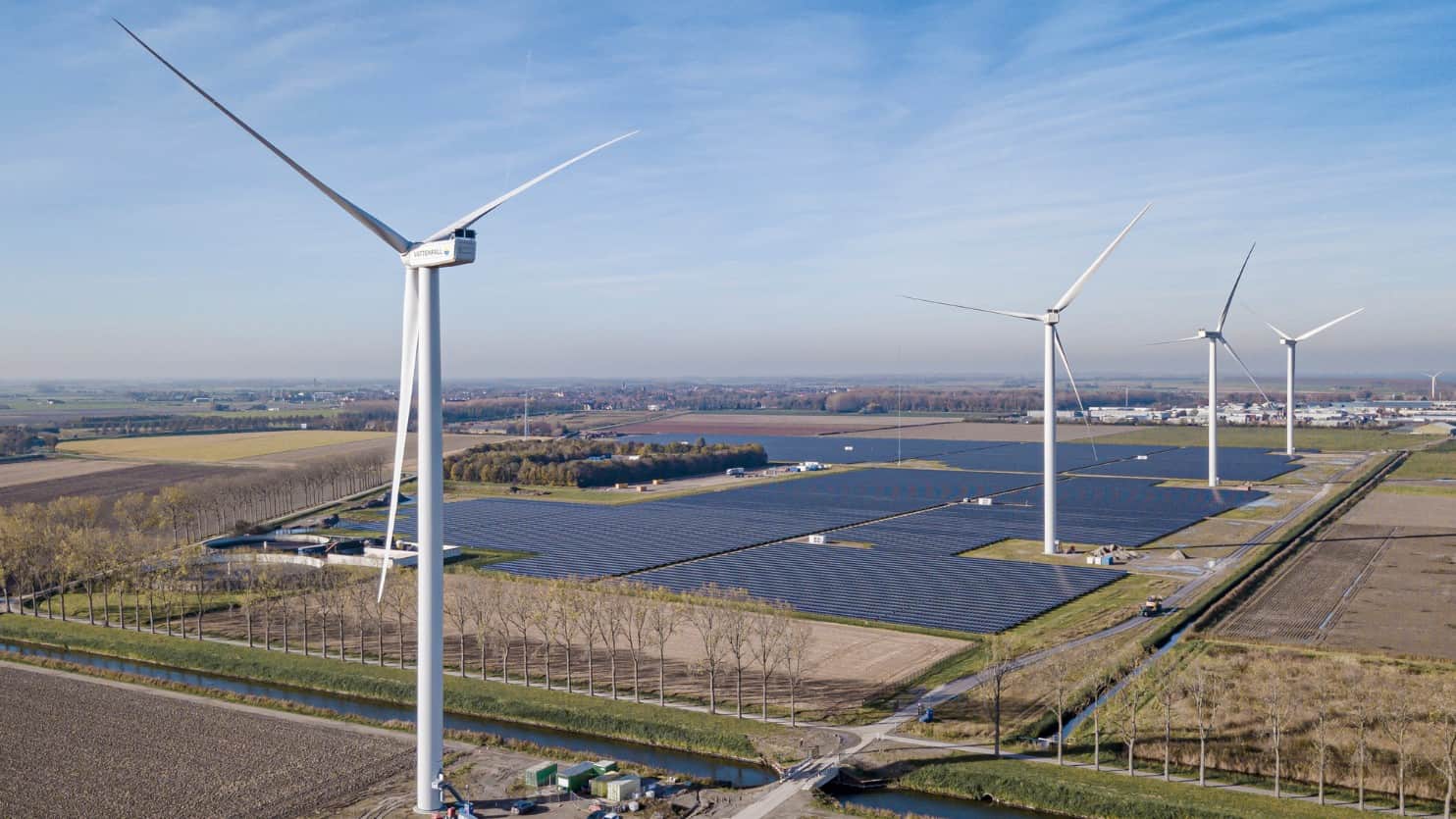
South Africa’s energy crisis has worsened since 2003 due to frequent blackouts. This is deepening the country’s class divide. Richer people are investing in seperate power solutions, leaving the poor to struggle. The crisis, caused by insufficient electricity generation, corruption, mismanagement, and sabotage at national power operator Eskom, is growing. This is due to South Africa’s reliance on old coal-fired power plants.
The government is trying to tackle this by prolonging the life of these plants. They are also putting renewable energy projects up for auction.
- South Africa’s ongoing energy crisis and frequent blackouts are worsening the country’s class divide.
- Some companies are pioneering innovative solutions like portable solar panels to make clean energy more accessible.
- The government aims to transition to renewable energy and market-based models, but faces resistance from vested interests.
The price of power and wealth inequality
The problem at the heart of South Africa’s energy crisis is not just a matter of power generation. It’s also a symbol of the nation’s social divide. As the government grapples with the task of extending the life of its aging coal-fired power stations and auctioning renewable energy project tenders, there is a disparity in who can access these new technologies. While renewable energy sources like solar power present a viable solution to the crisis, their installation remains prohibitively costly for many.
Due to this high price tag, it is mostly the wealthy who can afford to invest in off-grid solutions. Wealthy individuals and companies have the financial capacity to seek alternative sources of electricity, further widening the wealth gap. Meanwhile, the poor are left to contend with the consequences of a failing grid, deepening the country’s social and economic divide.
Innovative solutions and their challenges
Despite these obstacles, some South African companies are stepping up and spearheading innovative solutions to make solar power more accessible. One such company, Sun Exchange, is partnering with the Cape Town Society for the Blind and Hannover Re to provide solar panels and battery storage. Balwin and Light Up A Home are distributing portable solar panels to households in informal settlements. WiSolar offers rent-to-own and pay-as-you-go solar services for affordable housing developments.
However, even as these initiatives aim to make clean energy more accessible, there are concerns about the potential costs and risks associated with privatised electricity production and storage. Privatising electricity production and storage could inadvertently lead to increased costs, which businesses might pass on to consumers. This could spell trouble for municipalities that subsidise services for the poor and further exacerbate the wealth gap.
A historical look at energy inequality
The current energy crisis has historical roots in South Africa’s past, a time when access to electricity was deliberately slowed in black residential and rural areas. This has led to a significant disparity in access to reliable and affordable power. The current crisis and the solutions being proposed risk further deepening this historical inequality.
While prices for solar panels have dropped, making on-site solar installations a viable option for larger enterprises, completely exiting the grid remains financially challenging for most households and small businesses. For those who can afford in-house solar capacity, the primary aim is to lower electricity bills and have backup power during Eskom’s temporary blackouts. But for the majority of South Africans, these solutions remain out of reach.
Government initiatives and roadblocks
The South African government is not idle in the face of the energy crisis. President Cyril Ramaphosa has pledged to break up Eskom and explore alternative, market-based models prioritising renewable energy. South Africa has already experimented with a successful renewable power programme that attracted private capital investment and increased capacity.
However, the government’s transition to renewables and a market-based system may face resistance from vested interests in Eskom and mining unions. The success of President Ramaphosa’s plan hinges on his ability to overcome these challenges, and the government’s Integrated Resources Plan will play a crucial role in shaping South Africa’s transition to a more sustainable and inclusive energy system.




